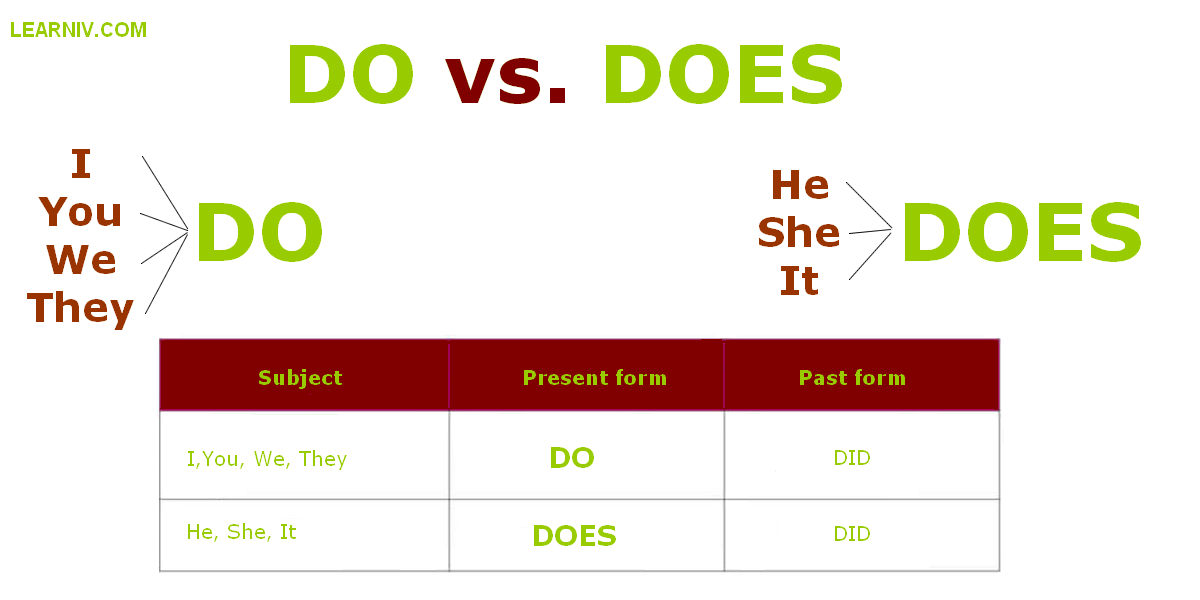Understanding What Is Not a Physical Work Environment Characteristic: Essential Insights for Modern Workplaces
Introduction: Distinguishing Physical from Non-Physical Work Environment Characteristics
When evaluating what makes a workplace effective, it is vital to understand the
difference between physical and non-physical work environment characteristics
. While physical aspects are tangible and observable-such as lighting, layout, and temperature-non-physical characteristics are intangible, including factors like leadership style, communication, and recognition systems. Clarifying what does
not
count as a physical characteristic helps organizations better assess their strengths and areas for improvement.
Defining Physical Work Environment Characteristics
Physical work environment characteristics are those that pertain to the tangible, sensory, and structural elements of a workplace. These include:
- Workspace layout : Arrangement of desks, offices, meeting rooms, and common areas
- Lighting : Access to natural and artificial light, brightness settings
- Temperature : Heating, cooling, and ventilation controls
- Noise levels : Background sounds, machinery noise, open office acoustics
- Cleanliness and ergonomics : Maintenance, hygiene, comfortable furniture, and equipment
- Safety features : Emergency exits, fire alarms, security systems
These factors directly influence employee comfort, health, and productivity. For example, inadequate lighting can lead to eye strain and decreased focus, while poor ergonomics may cause physical discomfort or injury [1] .
What Is
Not
a Physical Work Environment Characteristic?
Non-physical work environment characteristics encompass elements that are not directly tangible or structural. These include:
- Leadership style : The approach managers and supervisors take in guiding teams
- Communication patterns : How information flows between individuals and departments
- Recognition and reward systems : Methods for acknowledging employee contributions
- Organizational culture : The shared values, beliefs, and norms within a company
- Autonomy and empowerment : The degree of decision-making freedom employees experience
- Psychological safety : Employees’ perception of being respected and able to express ideas without fear of negative consequences
For example,
leadership style
is
not
a physical work environment characteristic. While it powerfully shapes morale and performance, it does not relate to the tangible workspace
[1]
. Similarly, communication systems and recognition programs are intangible, though they significantly impact employee satisfaction and retention
[5]
.
Real-World Examples: Physical vs. Non-Physical Characteristics
Consider the following workplace scenarios to clarify the distinction:
Example 1: Physical Characteristic
A company invests in ergonomic chairs and adjustable desks for all employees. This reduces physical strain and enhances comfort, directly affecting the physical environment.
Example 2: Non-Physical Characteristic
The same company implements a mentorship program and encourages open communication between teams. These changes improve employee engagement and organizational culture but do not alter the physical workspace.
Why the Distinction Matters
Understanding whether a workplace feature is physical or non-physical is critical for several reasons:
- Targeted improvement : Organizations can address physical issues (e.g., poor lighting) with facility upgrades, while non-physical concerns (e.g., lack of recognition) require policy changes.
- Employee satisfaction : Both types impact well-being, but solutions differ. Addressing physical discomfort may boost productivity, while improving psychological safety can reduce turnover.
- Legal compliance and safety : Physical characteristics may be regulated by occupational health and safety laws, while non-physical aspects often fall under HR or organizational development.
How to Evaluate Your Work Environment
Conducting a thorough assessment involves both physical inspections and employee feedback . Steps include:
- Survey employees regarding their comfort and satisfaction with physical features (lighting, noise, temperature).
- Review workplace policies for non-physical elements like recognition, leadership, and communication.
- Inspect facilities for safety, cleanliness, and ergonomic risks.
- Hold focus groups or interviews for candid feedback on intangible workplace factors.
Organizations may also consult occupational health specialists or HR consultants to ensure a holistic approach.
Improving the Non-Physical Work Environment
For issues identified as non-physical , such as poor communication or lack of recognition, consider these strategies:
- Foster open communication through regular team meetings and transparent leadership.
- Implement recognition programs tailored to employee preferences.
- Encourage professional development and career growth opportunities.
- Promote psychological safety by training leaders in empathy and inclusivity.
To learn about best practices, you can review resources from reputable organizations such as the Society for Human Resource Management (SHRM) . If you are unable to locate specific guides online, searching for “SHRM workplace culture improvement” can yield practical frameworks and case studies.
Enhancing Physical Work Environment Characteristics
When addressing physical shortcomings in the workplace, steps may include:

Source: flamingtext.com
- Upgrading lighting and ventilation systems for optimal comfort.
- Redesigning office layouts to support collaboration and reduce distractions.
- Conducting regular safety audits and ergonomic assessments.
- Providing adjustable furniture and equipment to accommodate diverse needs.
For authoritative guidance, consult resources from the Occupational Safety and Health Administration (OSHA) . Visit the official OSHA website and use their search function for topics like “workplace ergonomics” or “physical workplace safety guidelines.” This ensures you are referencing current, compliant recommendations.
Potential Challenges and Solutions
Organizations may face obstacles when attempting to improve either physical or non-physical characteristics. Common challenges include:
- Budget constraints : Physical upgrades often require capital investment. Solutions may involve phased improvements or prioritizing high-impact changes.
- Resistance to change : Employees or leaders may be hesitant to adopt new communication or recognition practices. Gradual implementation and soliciting feedback can help ease transitions.
- Lack of expertise : Not all organizations have in-house specialists. Engaging external consultants or leveraging reputable industry resources can bridge knowledge gaps.
Alternative Approaches
For organizations unable to make immediate physical improvements, focusing on non-physical enhancements-such as promoting a positive culture and effective leadership-can yield substantial benefits. Conversely, even when resources for extensive training or culture change are limited, optimizing the physical workspace can improve morale and productivity.

Source: flamingtext.com
Key Takeaways
To summarize, non-physical work environment characteristics (such as leadership style, communication, and recognition systems) are not physical . Effective workplaces require attention to both tangible and intangible factors. By distinguishing these elements, organizations can implement more targeted, effective strategies for improvement. For further guidance, consult official resources like OSHA for physical workplace standards or SHRM for organizational culture best practices. When in doubt about accessing specific programs or materials, search for official agency names and recommended keywords to ensure reliable, up-to-date information.



